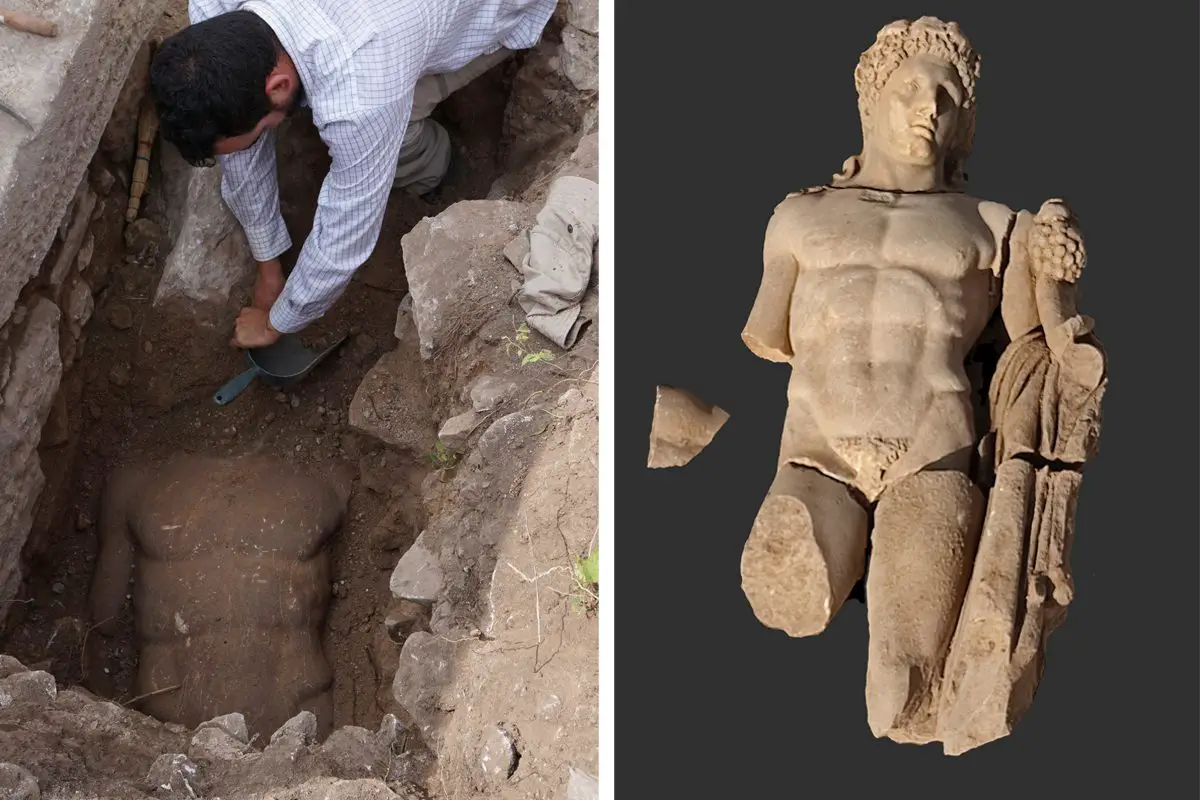Archaeologists from the Aristotle University of Thessaloniki (AuTH) have uncovered a 2,000-year-old statue depicting the legendary hero, Hercules, during excavations in the ancient city of Philippi.
Philippi was a major Greek city located north of the present-day city of Kavala in Northern Greece. The city was originally called Crenides after its establishment by Thasian colonists in 360/359 BC, near the head of the Aegean Sea at the foot of Mt. Orbelos.
In 356 BC, the city was conquered by King Philip II of Macedon (the father of Alexander the Great), who renamed it to Philippi, emerging as an important centre for gold mining for the Kingdom of Macedon and during the Roman period.
Philippi was likely abandoned during the 14th century after the Ottoman conquest, noted in texts by the French traveller, Pierre Belon, who describes a ruinous state in the 1540’s and the city being quarried for stone by the Turks.
During excavations by the Aristotle University of Thessaloniki, researchers uncovered a 2nd century AD statue depicting the legendary hero, Hercules. Hercules is the Roman equivalent of the Greek divine hero Heracles, son of Jupiter and the mortal Alcmene. In classical mythology, Hercules is famous for his super-human strength and was seen as the champion of the weak and a great protector.
The statue was found on the eastern side of one of the main streets of the city, which at this point meets another main axis that passes further north. The point of convergence of the two streets is formed by a widening (a square) dominated by a richly decorated building, probably a fountain.
Although fragmented, the researchers believe that the statue once adorned a building dated to the late Byzantine period in the 8th or 9th century AD. The Ministry of Culture in Greece comments that in Constantinople, statues from the classical and Roman period would often adorn buildings and public spaces until the late Byzantine period.
Intact, the statue would have held various objects: a wreath, a lion skin, and a club, all of which are traditional signifiers associated with the Greco-Roman hero.
Ministry of Culture and Sports
Header Image Credit : ΥΠΠΟΑ





